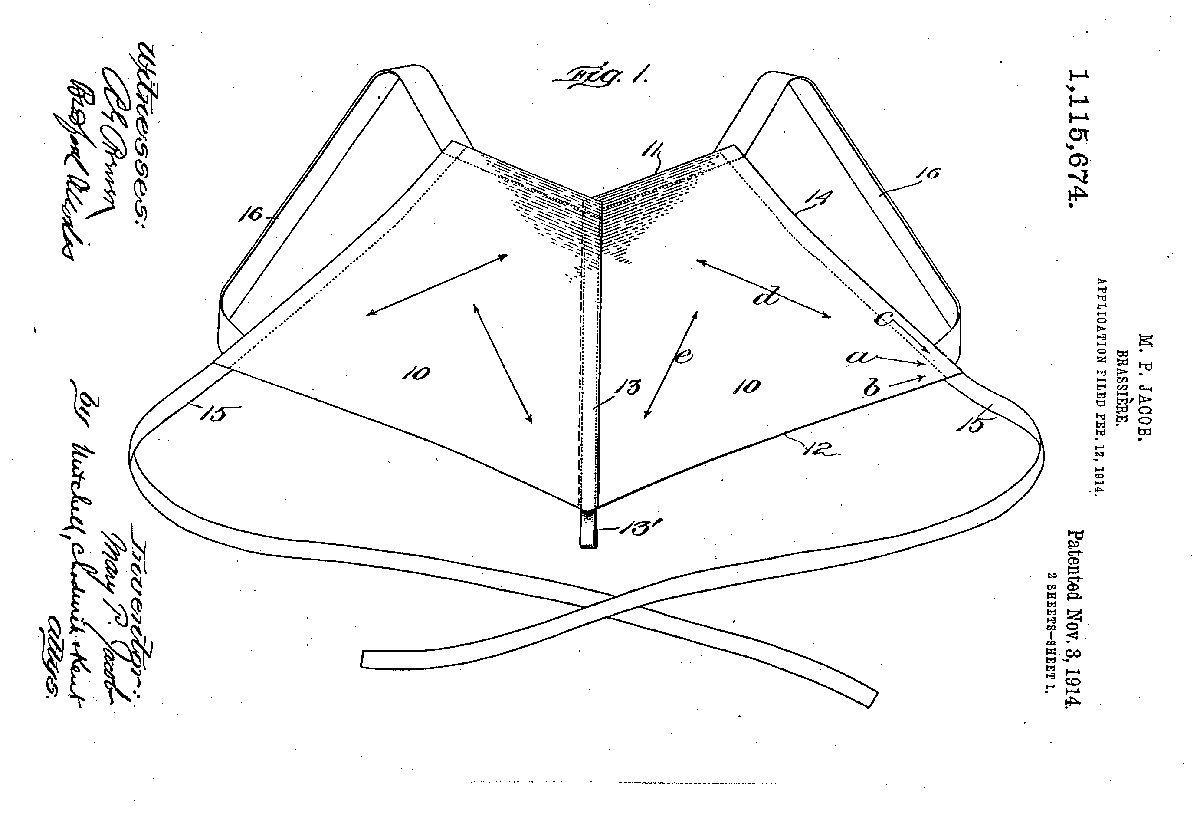
A BRA MADE 100 YEARS AGO LOOKS THE SAME AS A BRA MADE TODAY | LECHERY NEW YORK

Patent design for a "backless brassiere" by Mary Phelps Jacob, Wikimedia // Public Domain
In today’s blog post, we will be talking about an item that 8 out of 10 women can’t leave home without and perhaps also wearing the wrong size: the bra. Many believe that the bra has only existed in the lives of women for the last 100 years. The idea of the bra, the so-called form-fitting undergarment that is worn by women to cover and “support” their breasts, actually dates back to ancient Greece. Women during this period would wrap their chests with bands of fabric for support and cover up. But it was only 100 years ago when the bra we know today - those that have cups and straps - officially became a revolutionary item that would pave the way to success for many brands like Victoria’s Secret, Agent Provocateur, and La Perla, to name a few.
The brassiere or bra was patented by Mary Phelps Jacobs better known as Caresse Crosby, under the United States Patent and Trademark Office on November 3, 1914.

The advent of the bra, similar to many other inventions in history, came from frustration. Mary was only 19 years old when she wanted to find the perfect undergarment that would complement her sheer, light-weight, and flowy evening gown for the Manhattan, debutante ball in 1913. At this point in history, corsets were still the primary garment for support and Mary was unhappy about it. She didn’t feel comfortable having the boning of her corset be so visible under her gown. She confessed in her autobiography, The Passionate Years, “The eyelet embroidery of my corset-cover kept peeping through the roses around my bosom. ” This led to discomfort and frustration. With the help of her maid, two silk handkerchiefs, and pink ribbons - Mary would then discover what would essentially become the catalyst for change in the undergarment industry.
Though the first prototype of the bra did look like two face masks sewn to one another, this allowed women to move freely, feel naked (sort of), and still look “proper.” As the years progressed, several other types of bras came into production. There were the symington of the early 1920’s, the maiden form of the late 1920’s, and the underwire bras of the 1930’s - these became so popular that when you compare a bra made 70-90 years ago to a bra made today, you wouldn’t even know the difference. Bras essentially look the same today as they were 100 years ago!
We aren’t here to criticize manufacturers, but it’s rather interesting for us to think about how so many things have changed within the last 100 years but what we wear on a daily basis as women remains the same but with different materials and straps. It seems like the lingerie industry has found it easier to maintain the status quo without addressing the real underlying issues we women face when we wear the bra.
Bras hardly changed over the last century, and consumers are trained to think that material, color, and print would justify the amount of money we spend on our bras. This is an issue, not only in the lingerie industry, but the apparel industry as a whole. And we need to address this.
Before we end this blog post, we wanted to quote Laura Tempesta, a lingerie expert, who gave a Ted Talk back in 2019 about bras, “Bra manufacturers have trained consumers not to expect modernization in these types of goods leading consumers to believe that true innovation in what we wear isn’t possible which is ironic because with most other things we buy, things not related to our comfort, we expect the manufacturers to constantly up their game. I’m not going to buy a new phone because this season's trendy color is rose gold but because the technology in it is significantly better than the phone I am currently using. The tech sector convinces us we need the latest innovation, the apparel industry conditions us that the status quo is as good as it gets.”
Credits:
https://www.npr.org/2014/08/05/337860700/bra-history-how-a-war-shortage-reshaped-modern-shapewear
https://www.neatorama.com/2014/03/17/An-Uplifting-Story-The-History-of-the-Bra/

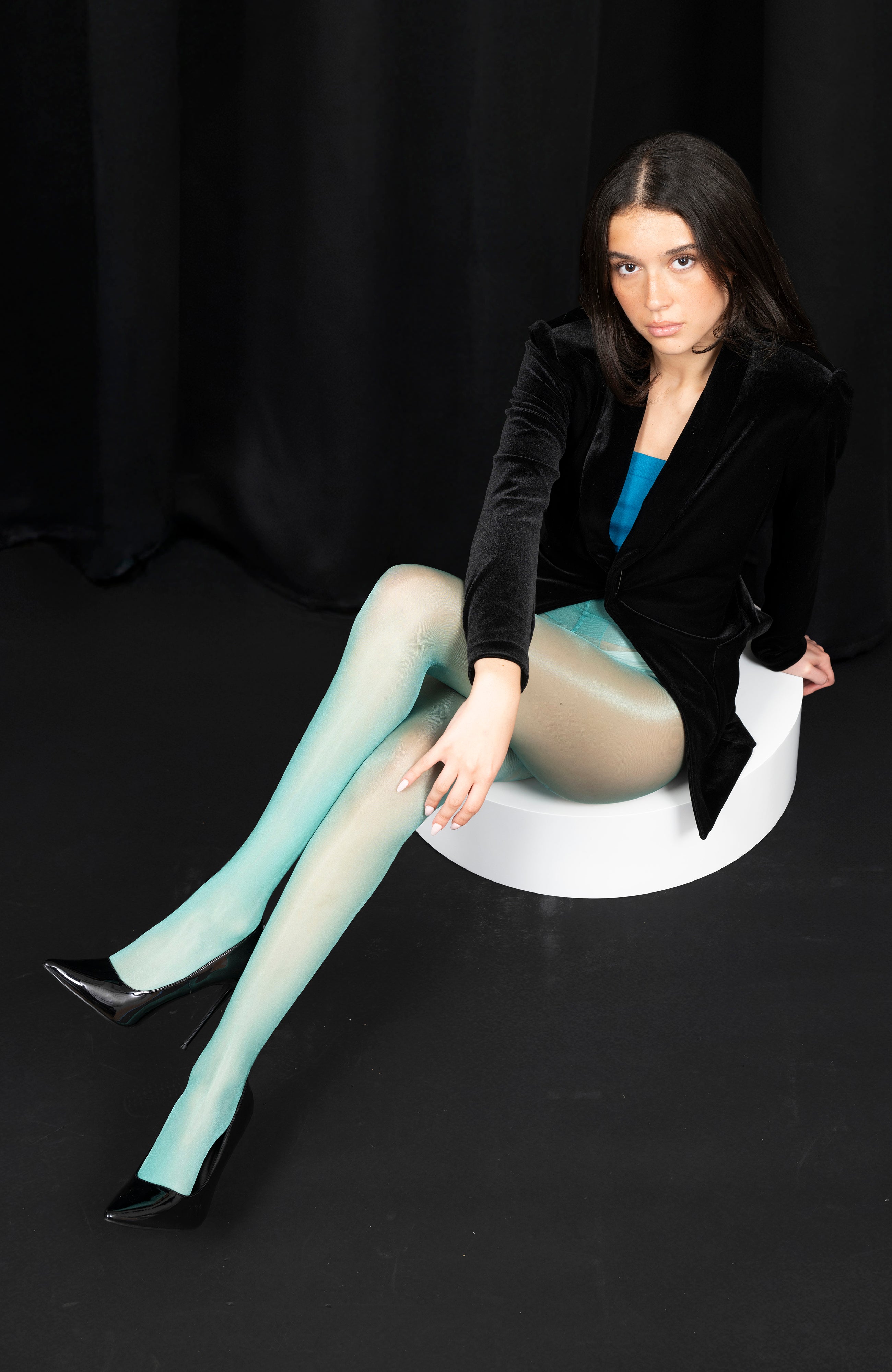

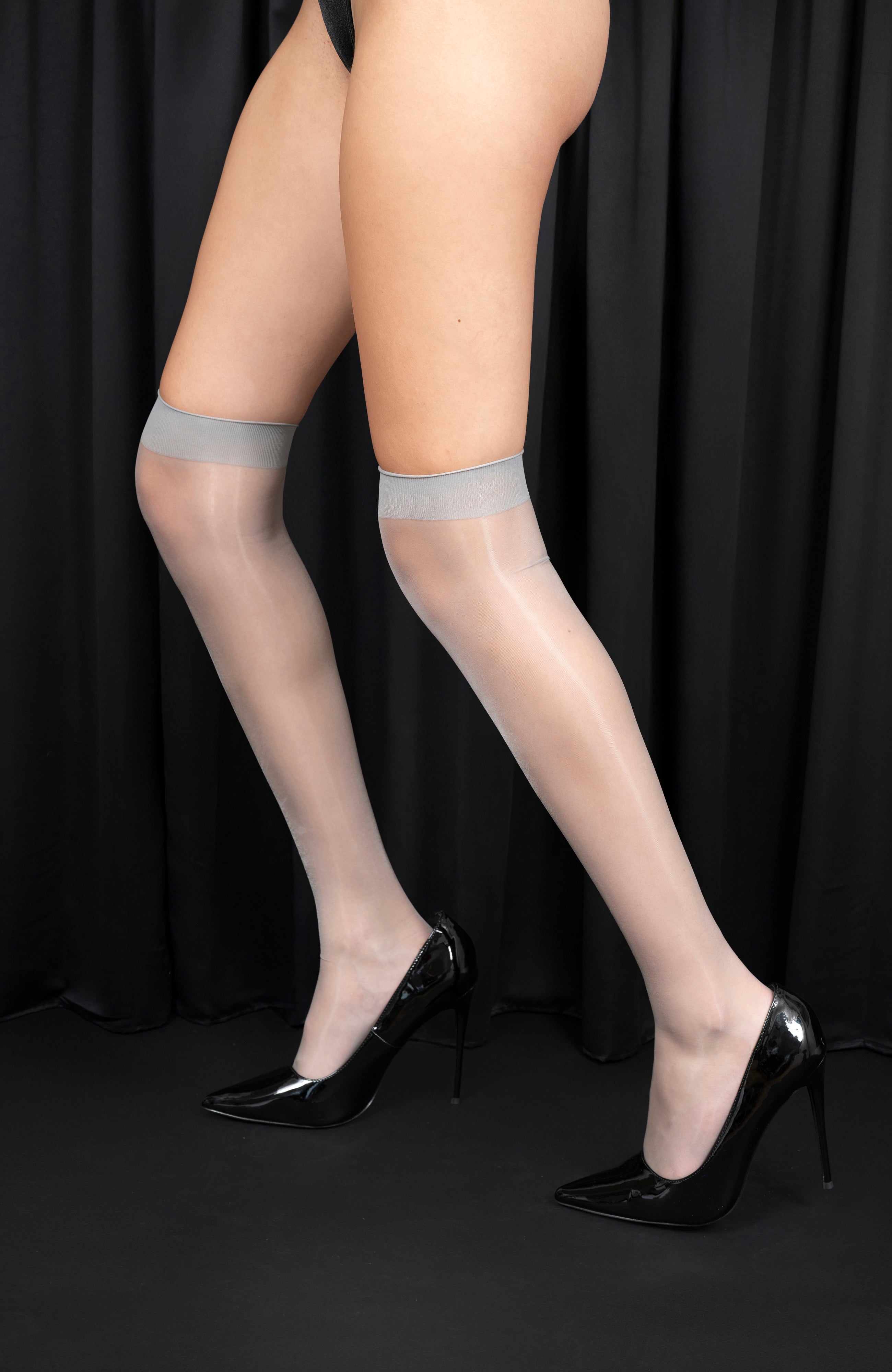
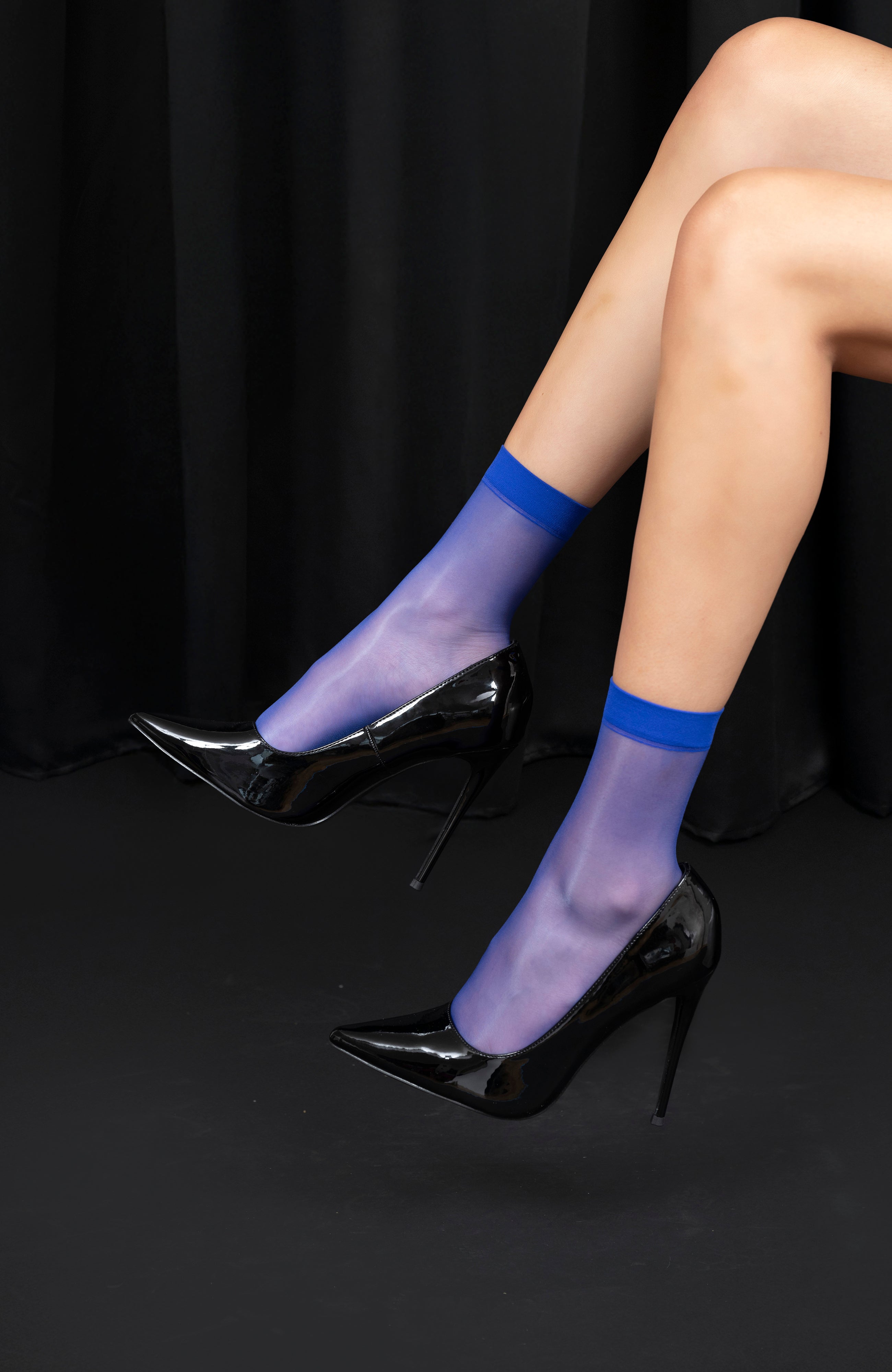
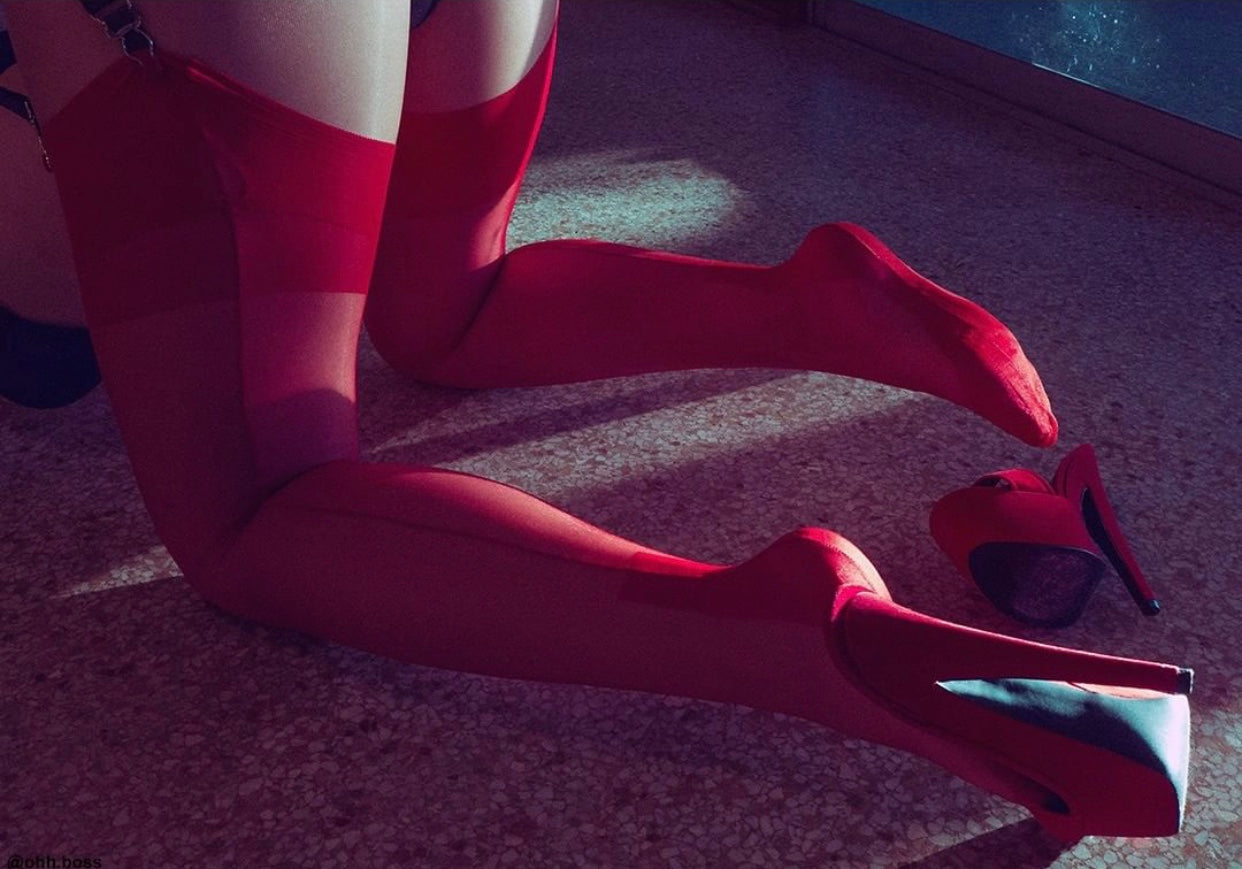


Leave a comment
This site is protected by hCaptcha and the hCaptcha Privacy Policy and Terms of Service apply.